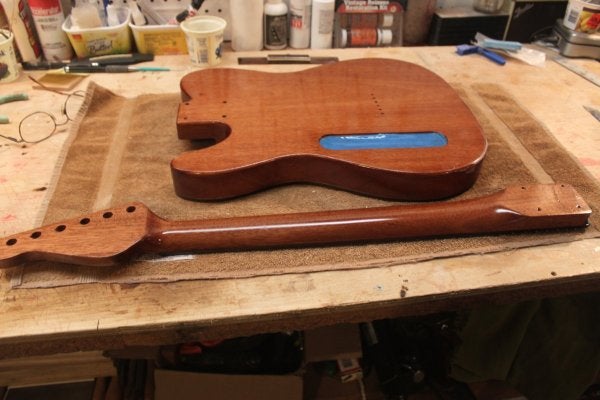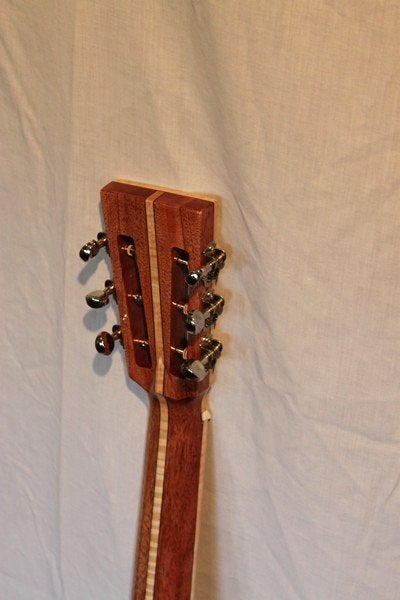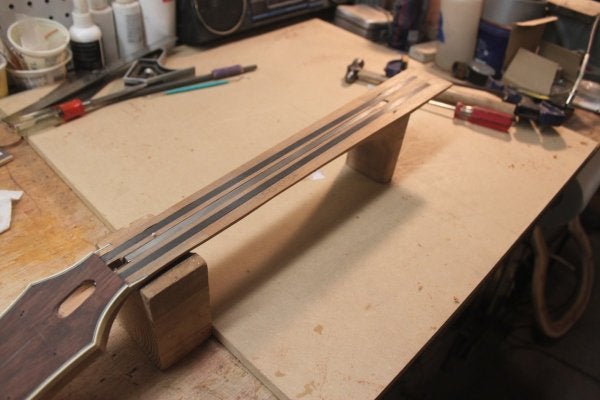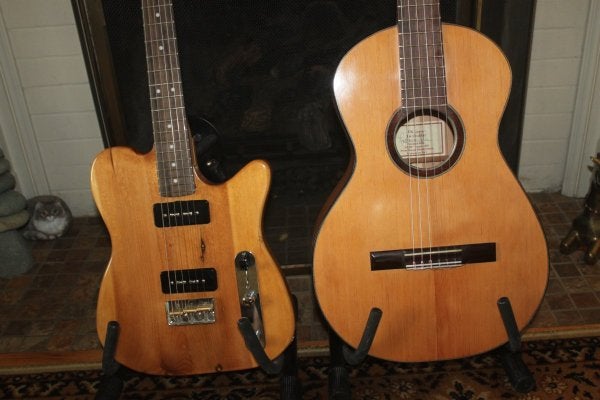Okieactor
Tele-Holic
Hey There,
It’s been a while since I posted here.
I’m getting back into building and have some Stewmac 1” mahogany neck blanks I got a good deal on. I’m attempting several builds and wanted to do a couple necks out of mahogany.
Question: Is it necessary to stiffen a mahogany tele neck with a strip of another type of wood (making it a 3-piece, or I guess a 4-piece with the rosewood fingerboard)? And if you feel stiffening is necessary, would carbon rods on either side of the truss rod instead make it stiff enough?
Would also love to see pics of mahogany necks any of you have made, especially showing anything unique you may have done in the construction.
I plan to use threaded inserts for the bolts, too, if that makes a difference.
It’s been a while since I posted here.
I’m getting back into building and have some Stewmac 1” mahogany neck blanks I got a good deal on. I’m attempting several builds and wanted to do a couple necks out of mahogany.
Question: Is it necessary to stiffen a mahogany tele neck with a strip of another type of wood (making it a 3-piece, or I guess a 4-piece with the rosewood fingerboard)? And if you feel stiffening is necessary, would carbon rods on either side of the truss rod instead make it stiff enough?
Would also love to see pics of mahogany necks any of you have made, especially showing anything unique you may have done in the construction.
I plan to use threaded inserts for the bolts, too, if that makes a difference.











